
On November 22, Ho Chi Minh City Museum organized an experiential activity and exhibition “Nam dien - Vietnamese clothing through three centuries”, introducing the traditional costume system of the Vietnamese people from the late 18th century to the early 20th century. The program is aimed at young people, thereby promoting attachment to heritage and proactive awareness in preserving cultural values.
The discussion space focuses on three groups of content: historical and cultural context, reproduction and application issues, and future preservation and promotion directions.
Sharing at the program, Associate Professor Dr. Le Thi Ngoc Diep - President of the Council of the University of Social Sciences and Humanities (Ho Chi Minh City National University) said that the context of the late 19th century - early 20th century was a period of strong historical and social changes in Vietnam.
This is the time of intersection between the traditional model and the Western socio- economic model, evident in administration, transportation, urban life and especially cultural life. Western influence spread into many fields, from fine arts, architecture to clothing.
The fact that the national language became a new communication tool also created a fundamental change in spiritual life. According to her, it was from here that Vietnamese culture entered the process of integration with the world and clothing was a clear expression of that process.
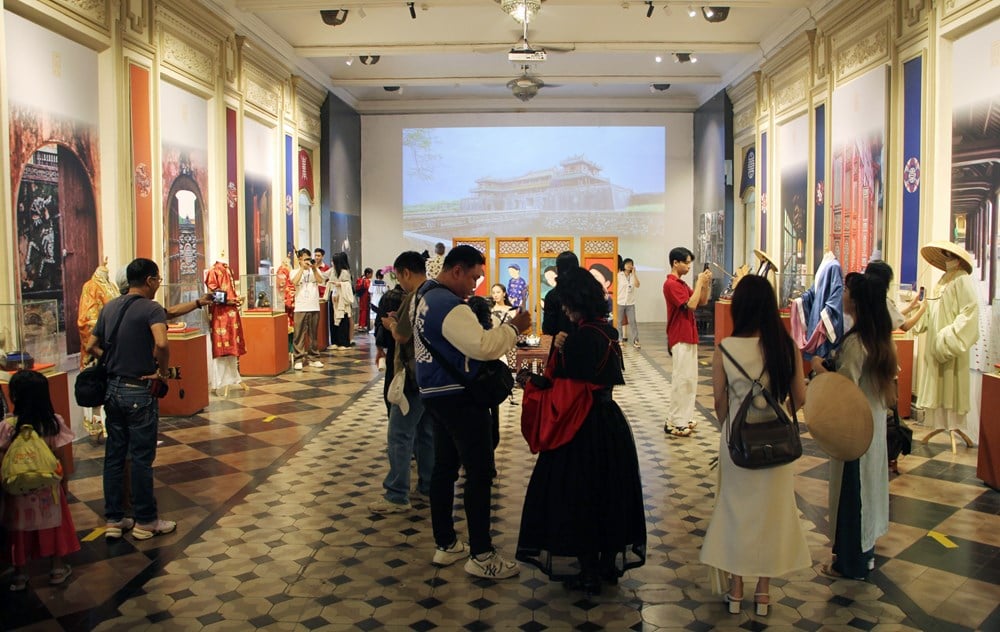
In the field of clothing, fashion always reacts sensitively to social changes. Ao dai and many other forms of Vietnamese clothing began to be influenced by Western styles; urban men and the aristocracy gradually adopted felt hats and Western shoes...
The combination of traditional ao dai with Western accessories was once seen as an awkward expression of the transitional era.
However, Associate Professor Ngoc Diep sees it as selective acceptance – a cultural principle that knows how to open the door to new winds but does not let them be swept away. Vietnam accepts new elements but still maintains the core of traditional values.
When evaluating Vietnamese costumes, Associate Professor Ngoc Diep separates two groups of values. Material values are expressed through materials, sewing techniques, accessories, and patterns – factors that allow us to identify the level of craftsmanship and historical context of the costumes.
Meanwhile, spiritual value lies in the meaning of rituals, ethics and cultural identification. Traditional costumes are not only for wearing but also contain community memories and are a symbol of national identity.
According to speaker Ngo Le Duy - co-founder and chief art officer of Hoa Nien, the story of Vietnamese costumes is a journey of both research and changing social awareness.
According to him, about six years ago, when the Viet Phuc movement first emerged, images of traditional Vietnamese costumes mainly came from researchers. Although they had documentary value, these images did not meet contemporary art standards, making it difficult to reach the public, especially the youth – a group with high aesthetic and visual needs.

Ngo Le Duy emphasized that to understand traditional costumes correctly, we must consider it a complex field: light, color, ancient and modern materials, historical context, expression... all affect restoration and communication.
He gave an example: more than ten years ago, it was almost impossible for art students to find reliable images of Vietnamese culture and costumes. The symbols of Vietnam at that time mainly revolved around “bamboo – water – communal house yard”, leading to widespread confusion when the public saw the strange image of ancient costumes and immediately attributed it to China.
According to Duy, the biggest change today lies in “discriminatory thinking”: the public has begun to ask the question “Is this Vietnamese clothing?”, instead of assuming it is influenced by other countries. Asking questions has shown that the public has begun to think critically and is more interested in the identity of Vietnamese clothing.
Duy also noted the peculiarity of Vietnamese costumes: they have Southeast Asian structures on the inside but East Asian influences on the outside. It is this intersection that creates slight aesthetic conflicts, causing Vietnamese costumes to change over time to meet social needs.
Conceptually, he clearly distinguishes between restoration and innovation. Restoration is recreating according to traditional materials, techniques, and colors; while innovation is keeping the core aesthetic spirit but adjusting the materials, cuts, and techniques to suit modern life.
Both directions are important because they help Vietnamese traditional costumes both preserve their identity and have the opportunity to "live" in today's context.

The above exhibition and thematic talk are part of a series of activities to celebrate the 80th anniversary of President Ho Chi Minh's promulgation of Decree No. 65/SL on the preservation of ancient relics (November 23, 1945 - November 23, 2025); and to celebrate the 20th anniversary of Vietnam Cultural Heritage Day (November 23, 2005 - November 23, 2025). The exhibition will take place from November 22 to December 22, 2025.
In addition, Ho Chi Minh City Museum organizes for visitors to learn about pottery, from November 29 to December 15, 2025; experience activities, learn about traditional musical instruments, from November 22 to 30, 2025.
The activities are carried out in collaboration with researchers in many interdisciplinary fields; Phu Dong Ethnic Music Group, Hoa Nien Group - Beautiful Years, Nang Ceramic, music groups, artists, painters, etc. have regular involvement in the activities of the Ho Chi Minh City Museum.
Source: https://baovanhoa.vn/van-hoa/bao-tang-tphcm-gioi-thieu-y-phuc-nguoi-viet-qua-ba-the-ky-183177.html










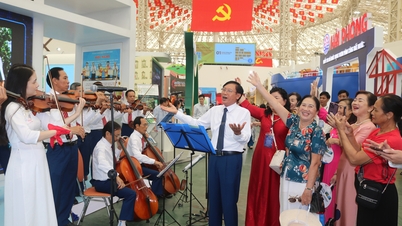



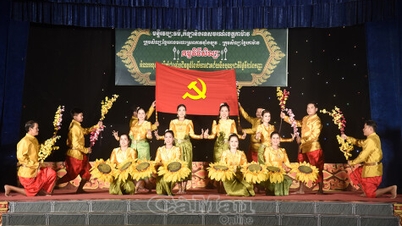

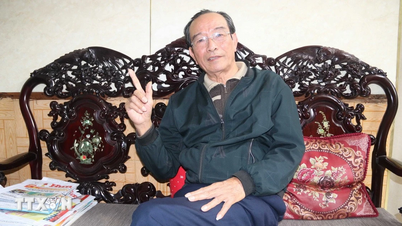








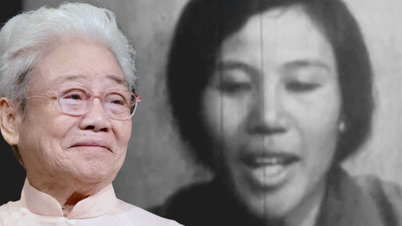








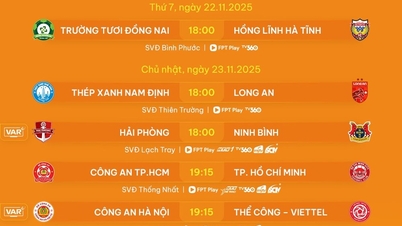



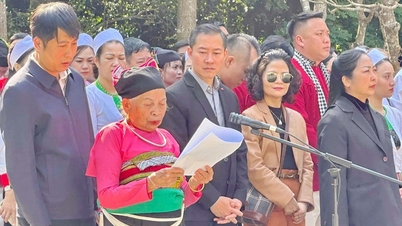






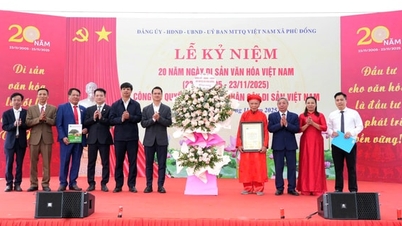





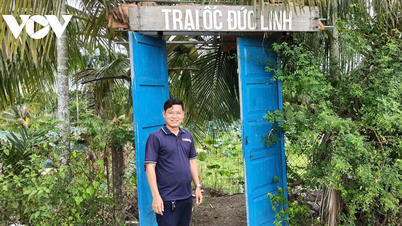

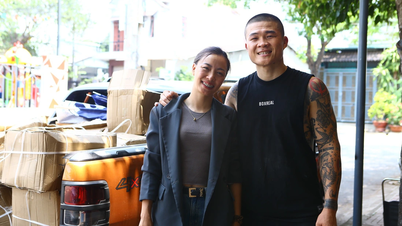

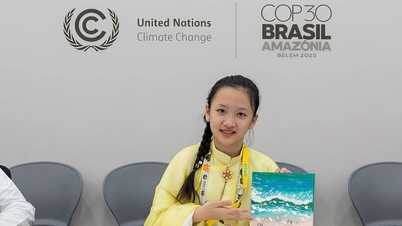

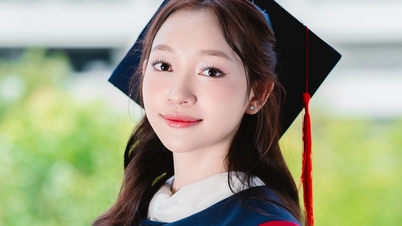

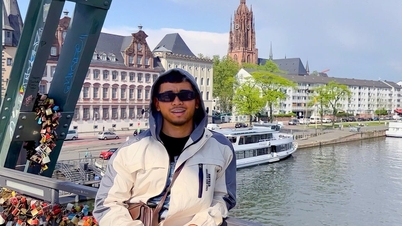















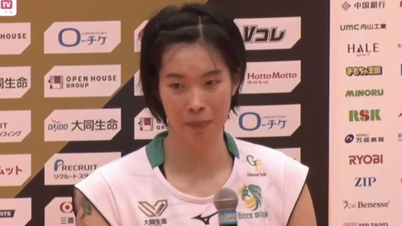
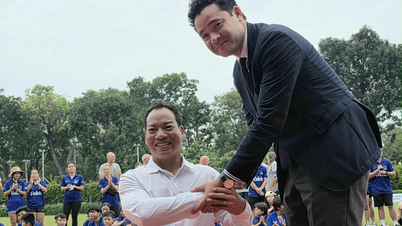




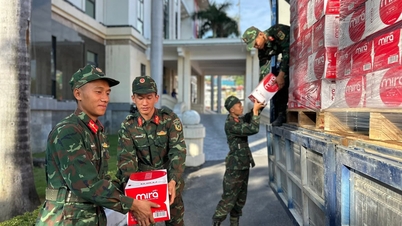
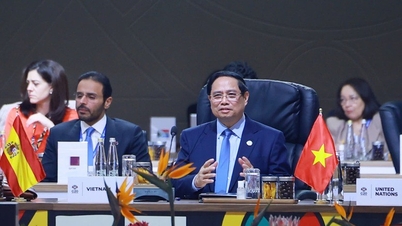












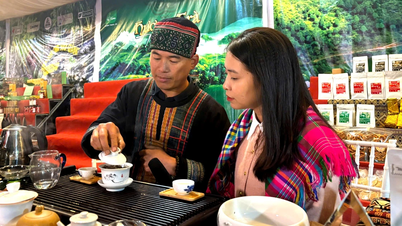


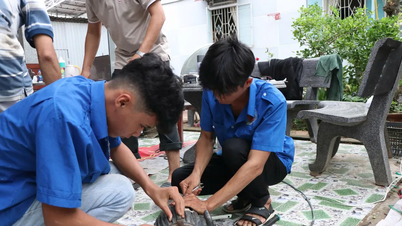










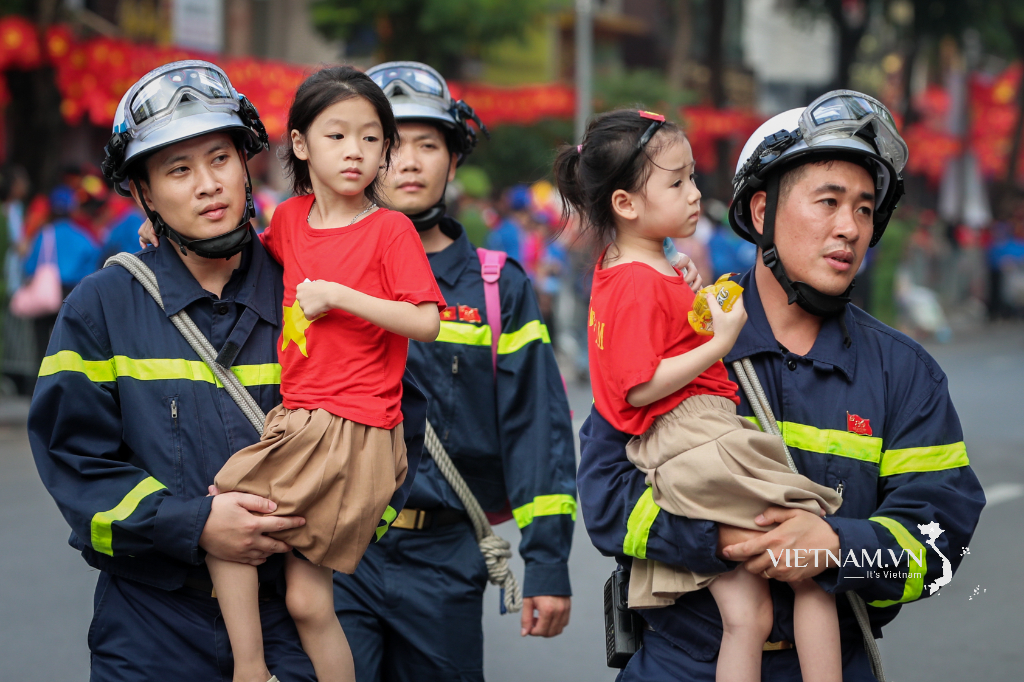
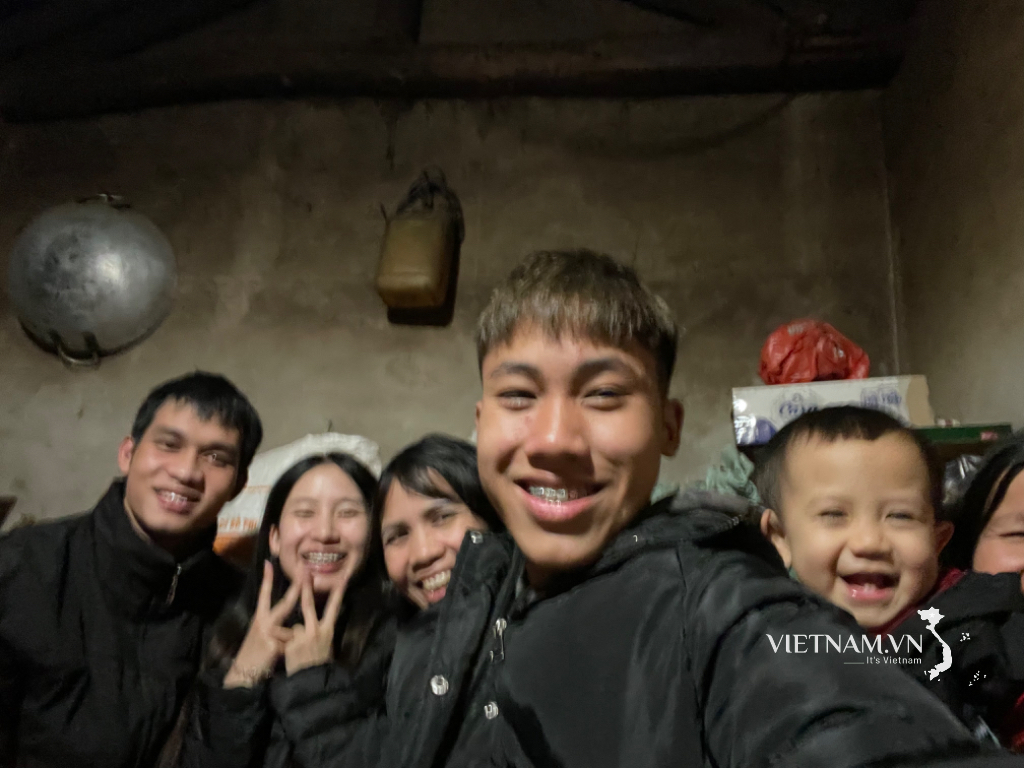


Comment (0)